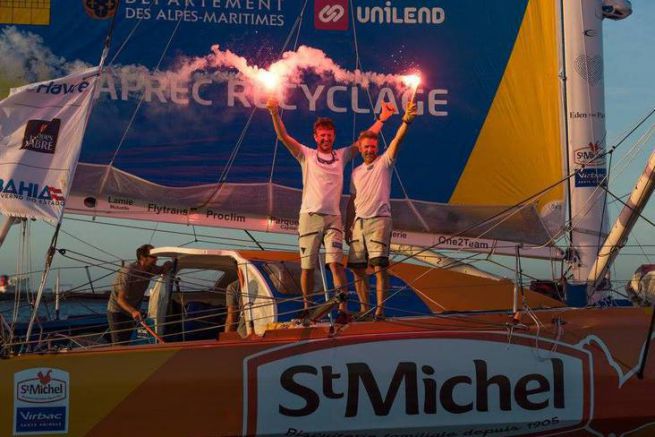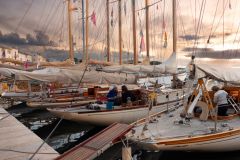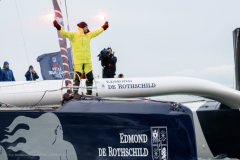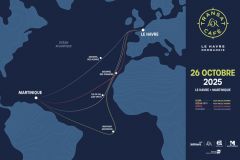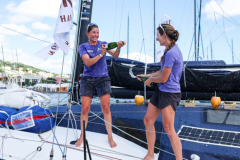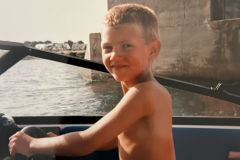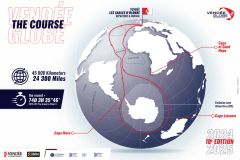On the road to coffee
The Transat Jacques Vabre is a transatlantic sailing race between France and South America. It is the successor to the double-handed Transat (Lorient euros Bermuda euros Lorient) euros a double transatlantic organized by Le Point, Neptune-Nautisme and Europe 1 and which knew only three editions in 1979, 1983 and 1989.
The Transat Jacques Vabre, also known as the Coffee Route was created in 1993 by the city of Le Havre and the coffee brand Jacques Vabre. The idea is to have the sailors follow one of the great Atlantic maritime routes, in this case that of the coffee ships of the 18th and 19th centuries.
From edition to edition, the double-handed Transat is a real success . The proof, if they were 38 duos in 2017, they are in 2019 67 crews. A record!
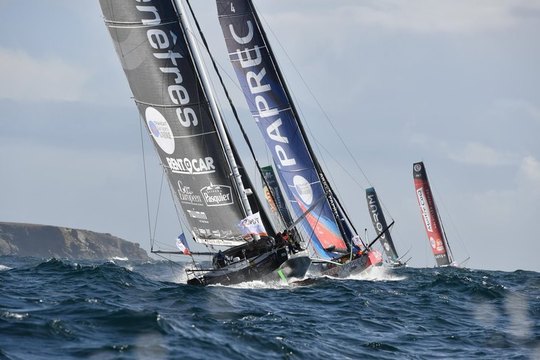
The rule of two
If the first edition is run as a solo race, the euro format in force from the 2nd edition onwards is the double one. This rule of two belongs to the foundations of the race: two sailors, two ports, two major partners and a biennial edition.

A "north-south" route
The duets must cross the Atlantic Ocean on a 4350 mile "north-south" route . It is also the only transatlantic race that includes a change of hemisphere. If the starting city has always been France, the finishing city has changed regularly. Thus, the competitors have been able to reach Colombia, Costa Rica or Brazil.
The first four editions were held in Cartagena, Colombia. From 2001 to 2007, the finish is in Salvador de Bahia, Brazil. The 9th and 10th editions end in Puerto Limon, Costa Rica and the 11th and 12th editions in Itajai, Brazil. The 13th edition, held in 2017 marks the return to Salvador de Bahia, which will also be the port of arrival for the 2019 edition.
With a start in the fall the beginning of the course is often strewn with depressions that are difficult to negotiate in this winter period. The duos must negotiate three major passages from the English Channel to Brazil: the Azores High, the Doldrums and the St. Helena High.
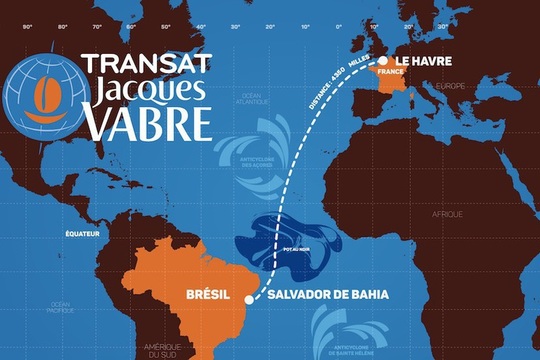
Several classes of sailboats at the start
Depending on the edition, different competitors line up at the start. They are classified in several categories:
- The Imoca (60-foot monohulls participating in the Vendée Globe),
- The Multi 50 (50 feet trimarans)
- The Class40 (40-foot monohull).
If we usually find the giant Ultimates (32 m trimarans), they are absent from this 2019 edition .

